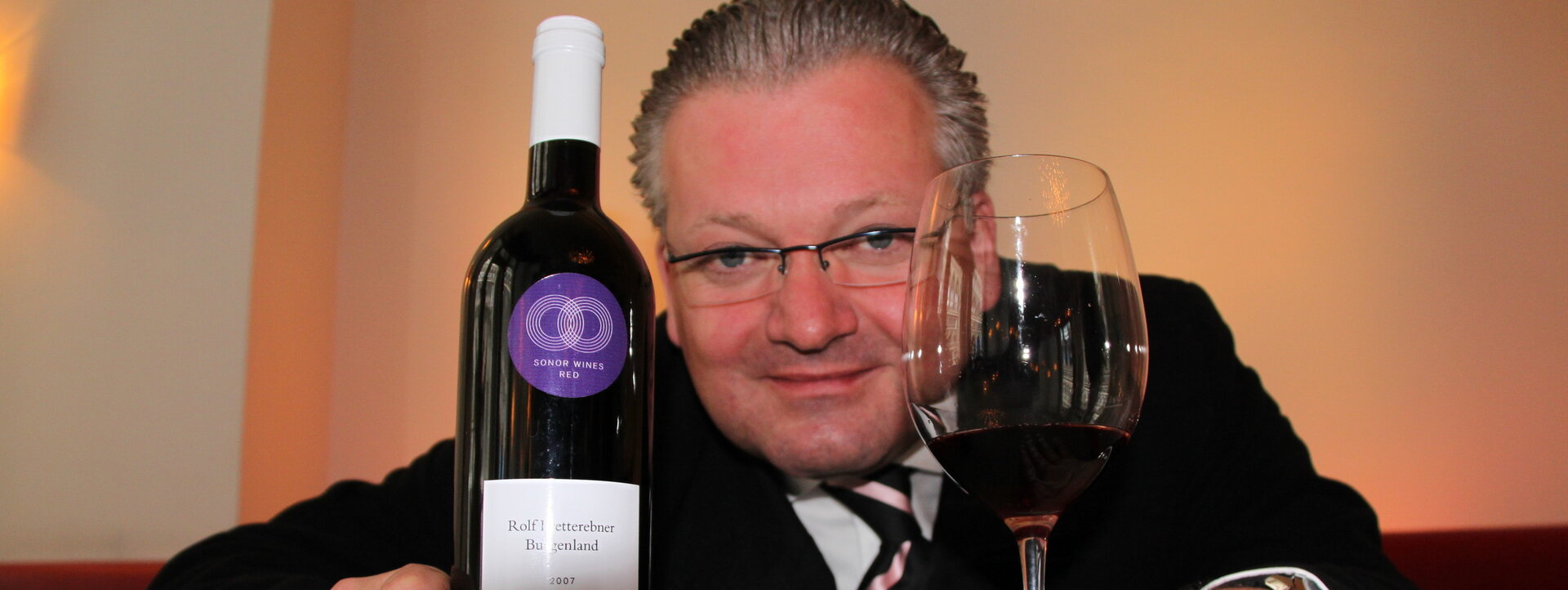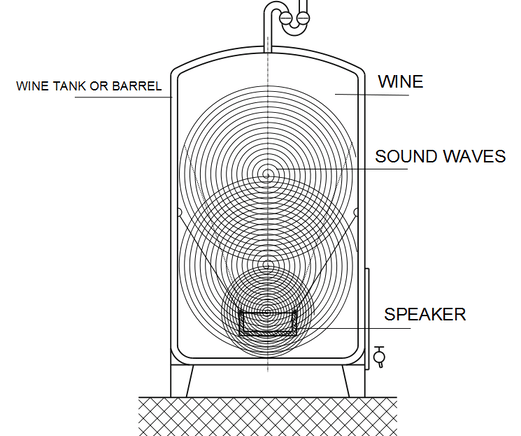unsere Geschichte
Introduction
Sonor Wines offers an incomparable wine. We bring wine to the table, accompanied by music. This wine is not only sophisticated, but also brings together wine and music lovers of every genre. Our wines offer a new and exclusive taste experience never before experienced. We have developed a brand-new step in the winemaking process in which music resonates through the wine, helping to optimize the overall use of all ingredients for a mature wine.
Sonor Wines / Markus Bachmann background
Markus Bachmann was born into a family of artists and grew up in the music capital of Vienna. At the age of 16, he was accepted into the International Music University in Vienna. Here, Markus perfected his craft and studied every inch of the Viennese horn. A year later, at the age of 17, Markus became the youngest orchestral musician of the time, playing in all major orchestras throughout Vienna. At the same time, he developed his solo career, performing all major horn concertos, ranging from Classical to the turn of the 19th century (Romantic period), on his "Vienna Horn" (played by the Vienna Philharmonic). With the opportunity to tour the world and perform music from Vienna, Markus was able to experience many different cultures, but realized that music and wine always make a perfect combination, no matter where you travel.
The idea of pairing wine with music is as old as wine itself. The connection people feel when they enjoy a glass of red or white wine while listening to their favorite song, or simply any music, is unique. Individuality emerges when we begin to feel the perfect match between what we consume and what we hear. A brand-new kind of soul food, literally, as Markus asked himself the question, "Is it possible to change wine with music?" Today, some winemakers use music in their cellars, creating a kind of "wine disco," believing that the vibrations on the outside can influence the wine from within. Unfortunately, yeast doesn't have ears, a brain, or neural pathways to process music emitted by the air. Remember, there's still a layer of steel or wood (from the wine vats) that the music would have to pass through from the outside before it could reach the wine itself.
Thinking like a musician and creating sound waves with his horn for years has given Markus a head start on the knowledge and a better understanding of the sonification process. Based on this new theory that external influences are ineffective, Markus developed a special sound system optimized for denser liquid applications, playing the music directly into the wine/must. Direct contact is necessary to utilize the yeasts' full potential. The bottled result creates a very broad mouthfeel while still being able to taste the fresh notes of a young wine.
the innovatice Method
Sonor Wines is an invention like no other. It's not only innovative, but also brings about lasting change in winemaking. Over the years, the industry has tried to combine wine with music, but never before has it gone this far. The use of specific vibrations (sonification) generated by musical notes not only produces a higher quality wine, but also gives the consumer the ability to connect with a musician/artist on a whole new level. Bringing wine and music together opens doors never before seen by musicians and producers. From wine to artist, everything is united in one bottle. Sonor Wines and its inventor, Markus Bachmann, musician and restaurateur, have succeeded in the field of wine sonification and proven that wine undergoes lasting changes. This is not only noticeable organoleptically for sommeliers, but also through noticeable changes in the wine that every consumer can taste.
What is the SONOR WINES Method ??
There is a special and new way of wine fermentation. As mentioned above, it is the process of using music during the winemaking process. The wine musts are vibrated using special underwater speakers created and perfected by Markus. During fermentation and with a broad frequency spectrum (music), we alter the biology of the wine in the audible range. Music is composed of sound waves, rhythm, and volume, creating unique individual vibrations for each piece of music. Within the same musical genre - classical, pop, rock, etc. - the difference between the wines and the result that is produced is directly influenced by the different keynotes (major or minor) used as the main driver (each piece of music has its own musical key structure). By using music while applying the right rhythm and volume, the wine must is mixed in a specific way while the music materializes. This new routine allows the yeast to follow a specific pattern that allows it to exploit and fully process all the ingredients the wine has to offer. In this way, the fermentation process, along with the overall flavor, is created and influenced as a single, unaltered and unadulterated unit. This also means that not all vibrations are the same, and that certain sound waves influence the wine more strongly than others. The music positively influences the microorganisms and revives the yeast. This improves the fermentation process and takes it to the next level.
In a second process, it is possible to expose already finished wine stored in barrels to sound in the same way. The effect of the music allows the remaining yeast to be revived and further develop the wine's untapped potential. A second fermentation begins.
Aside from the technical aspect of our invention, we offer individual consumers the opportunity to connect with their favorite musician through their favorite beverage. Today's society loves all things animated, so why not wine? It is therefore important to illustrate the process-related differences from conventional winemaking as a physically modified wine using specific sound waves, which correspond to each wine with a musical masterpiece.
the result
The sonification process gives the yeast the opportunity to break free from their handicap of not processing everything in the wine and to utilize their maximum potential. This new strength opens up new possibilities for the yeast, as they begin to harness the energy from the music and surpass themselves. The energy created by the sound wave is now used to transform the existing must components. The yeast has new possibilities with this process. The yeast receives the musical energy for itself and, in turn, uses this energy first, rather than needing its own energy to maneuver through the fermentation tanks. This released energy is used to transform the existing main ingredients along with the yeast in the fermentation processes.

